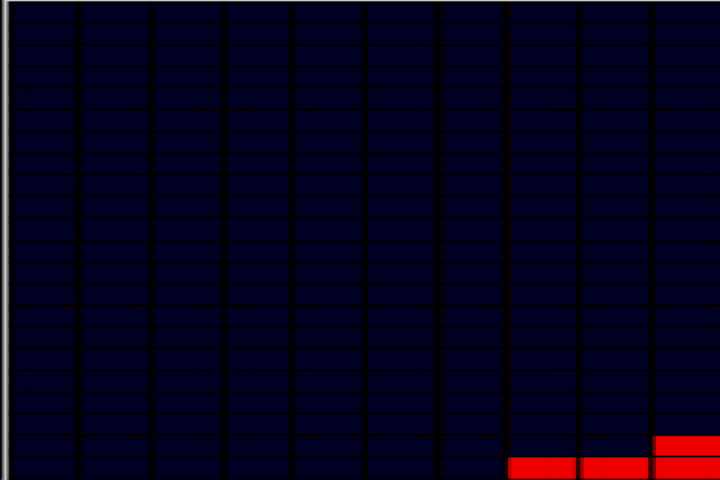
 |
The goal of the RLBench project is to make testing of Reinforcement Learning algorithms both simple and uniform, so that when new algorithms are created, they can easily be tested on a wide battery of problems. |
Each of these outputs a description of the action space on startup.
The simulator recieves:
state (on a line by itself)
random seed
action
and then expects:
state
action
action